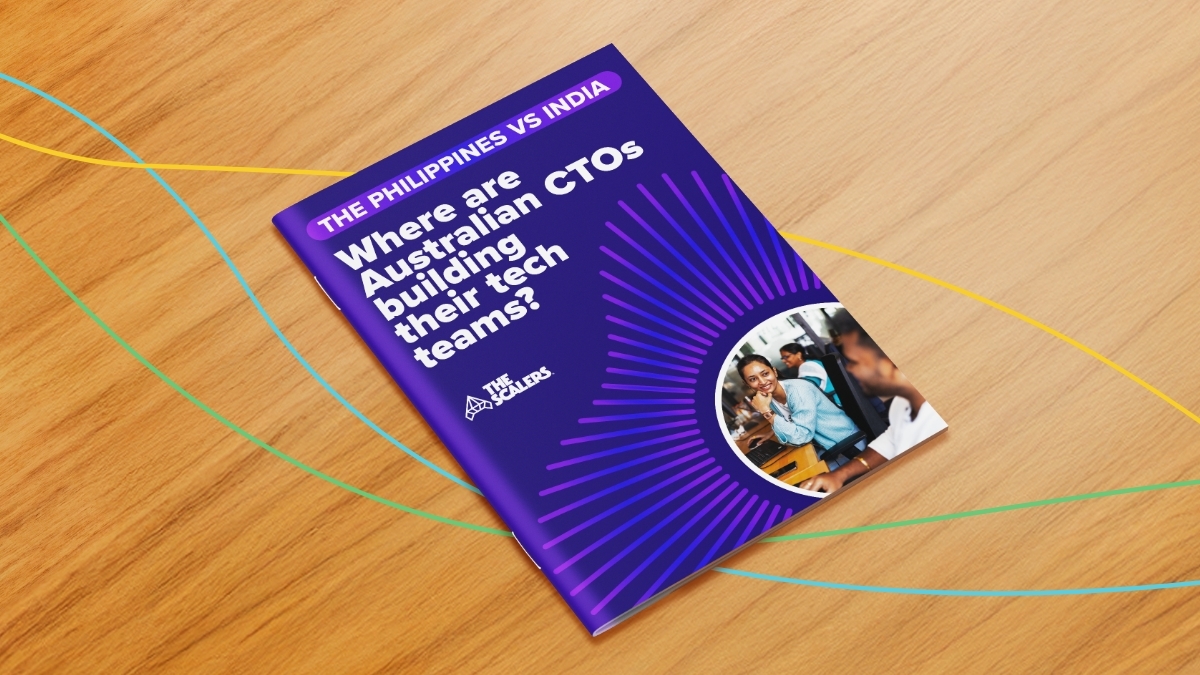The future of Machine Learning has been a trending topic of discussion among C-suite executives around the world — for good reason. Machine Learning brings to the table an incredible potential to compute and analyse massive amounts of Big Data using advanced techniques. This, in turn, allows businesses and individuals to perform complex tasks and processes more efficiently.
Today, Machine Learning is being implemented globally by businesses — large and small. In fact, in recent times, IT giants like Google, IBM, Apple, and Microsoft have leveraged the benefits of ML to drive solutions that significantly improve customer experience and increase ROI.

There’s no doubt that the Artificial Intelligence and Machine Learning industries are growing like never before. And, with the surge in demand and interest, new transformation trends and patterns are taking shape. In this piece, we explore what’s in store for the future of Machine Learning and the different courses that may, in all likelihood, reshape our economic, social, and industrial operations.
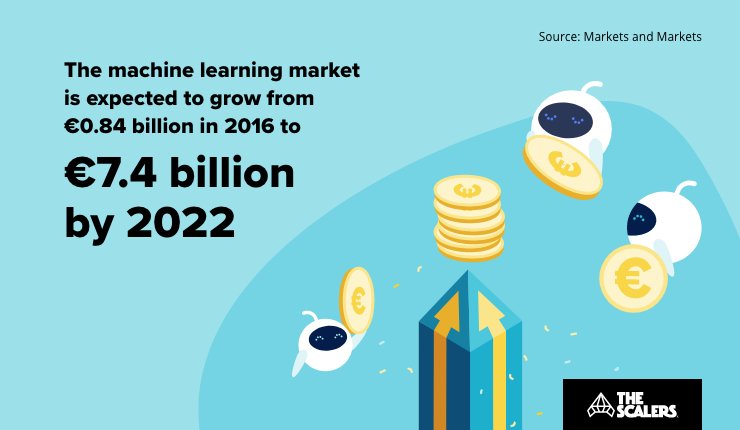
1. The era of hyper automation
A recent study conducted by Gartner shows that hyper automation has grabbed the first place in their list of top 10 strategic technology trends that will drive disruption and opportunity over the next decade.
In a nutshell, hyper automation is the technology that implements Artificial Intelligence and Machine Learning to automate processes across a range of applications.
A classic example of hyper automation is an airplane. Today, modern aircrafts apply a combination of GPS, motion sensors, and computer systems to track their position during flight. Simply put, it’s all automated. In fact, an average Boeing 777 pilot spends only seven minutes flying the plane manually, and even that is usually only during takeoff and landing.
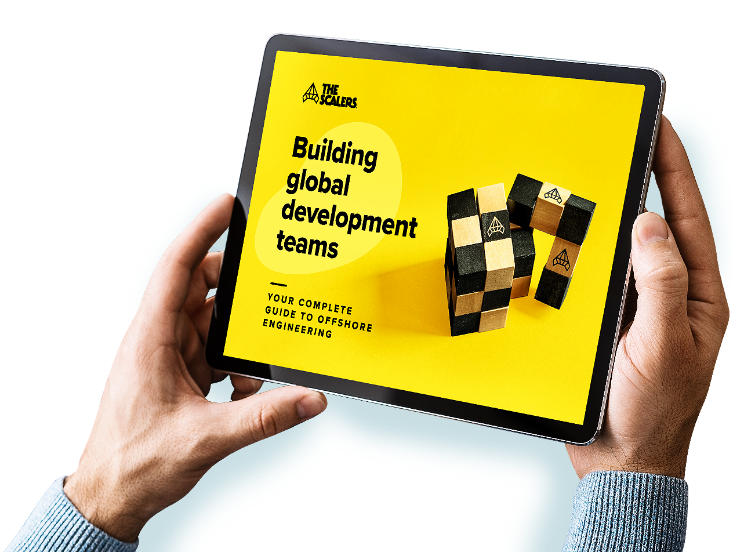
How to beat local skill shortages and set up your development centre abroad
DOWNLOAD GUIDEOn similar lines, the future of Machine Learning in 2020 and beyond involves hyper automation in self-driving cars. Truth be told, these are already a reality, considering the hundreds of safety studies undertaken across the globe. Google Maps and navigation systems have made it possible to compare a device’s location from one point in time to another — determining how fast the device is traveling in real time. By combining that data with users’ incidents, one can build a picture of the traffic at any given instant.
However, when it comes to the actual driving of the car, Machine Learning takes over. Machine Learning allows self-driving vehicles to immediately adapt to changing road conditions by constantly parsing through a stream of sensor and visual data. This allows onboard computers to make split-second decisions — sometimes even faster than well-trained drivers with years of experience under their belt. And we’re going to be seeing a lot more of that in the years to come!

Can’t find the skills you need at home? Stop searching and start scaling
LEARN MORE2. Advances in healthcare
Machine Learning and Artificial Intelligence are gaining momentum in the healthcare industry at an increasing pace. Until a decade ago, health care professions had to manually review large amounts of data before diagnosing or treating patients. However, today, with high-performance computing GPUs, deep learning models, and real-time insights, they can attend to patients faster and more accurately.
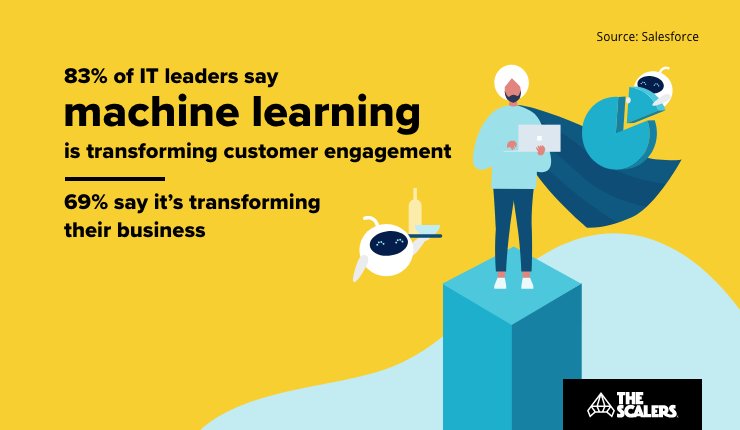
But it doesn’t stop there. Machine learning techniques also allow healthcare professionals to develop new and innovative drugs and treatments, significantly reduce diagnostic errors, identify rare diseases, and predict adverse reactions quicker.
For instance, Microsoft’s project, called ‘InnerEye’ implements Machine Learning algorithms to identify and segment tumours using 3D radiological images. This, in turn, helps in precise surgery and efficient tumour-contouring. Similarly, other radiological, MRI, and advanced imaging systems are being equipped with Machine Learning algorithms to facilitate the early detection of life-threatening diseases such as cancer.


Another application of Machine Learning in the healthcare industry is in drug discovery. For example, biotechnology and pharma companies like Genentech, Sanofi, and Pfizer are all using ML techniques, hoping to create cancer treatments and immuno-oncology drugs.
And this could potentially be the most significant impact of the future of Machine Learning — the transformation of the quality of life for billions of people across the globe.
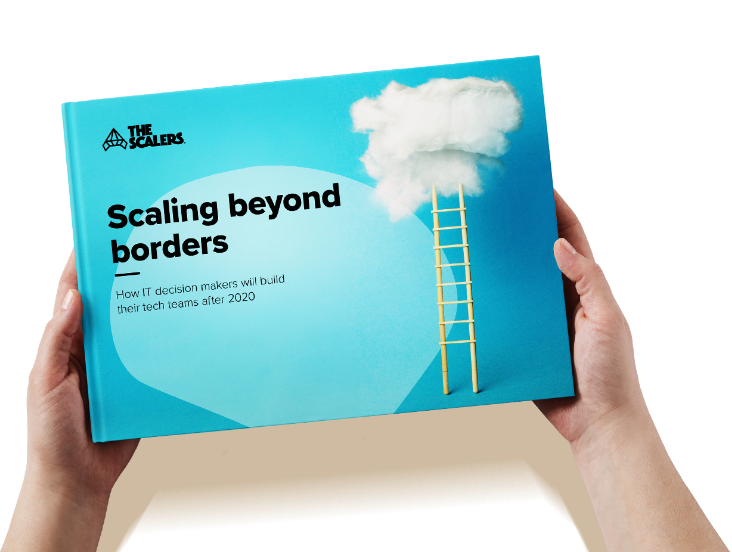
How IT decision makers will build their tech teams after 2020
DOWNLOAD GUIDE3. Personalised digital media
Machine Learning has incredible potential in the entertainment and digital media space. In fact, the technology has already found a home in the plethora of streaming services available such as Netflix, Amazon Prime, and Disney Plus, to name a few.
Today, Machine Learning algorithms use an endless stream of data about consumers — their viewing habits, ZIP code, age, ethnicity, interests — the list is truly endless. This data is then aggregated and analysed to train and improve the existing media model to engage viewers for a longer duration.
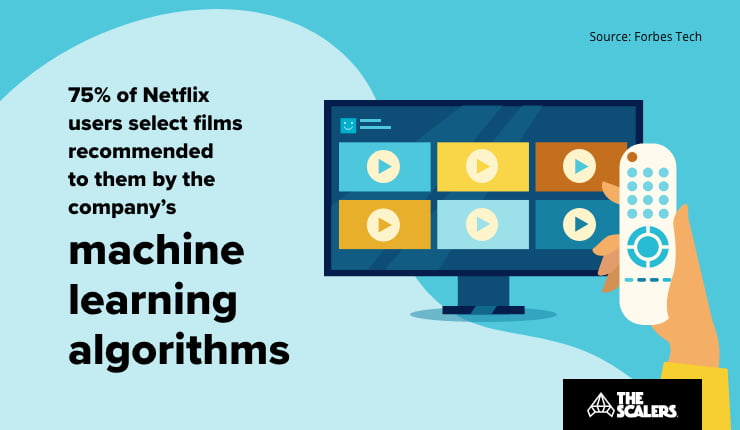
For instance, with more than 70 million users, Spotify is the undisputed pioneer in music streaming. However, a lesser-known fact is that Spotify uses Machine Learning algorithms to analyse the playlists of each of its users across the globe, compare them with the songs that are most listened to, and then formulate a personalised playlist. Unsurprisingly, this process involves examining millions of users every single time.


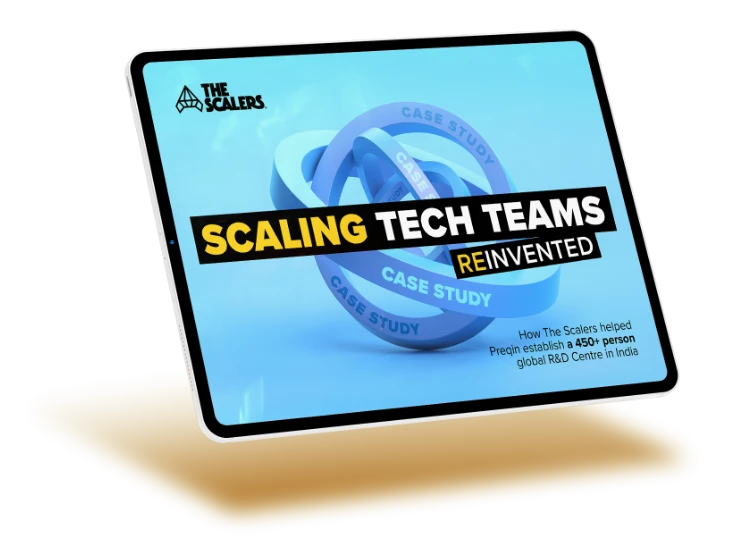
How we helped Preqin establish a 450+ person global R&D centre in India
DOWNLOAD CASE STUDYSimilarly, YouTube uses Machine Learning to analyse which videos users are most likely to click on. Once this data has been collected, the bandwidth usage of those videos is increased so that they load quicker. On the other hand, videos that are not popular might take longer to load.
If you’re looking to build a dedicated development team to transform your business, or if you have any questions about our services, feel free to reach out to us. One of our senior executives will get in touch with you.









